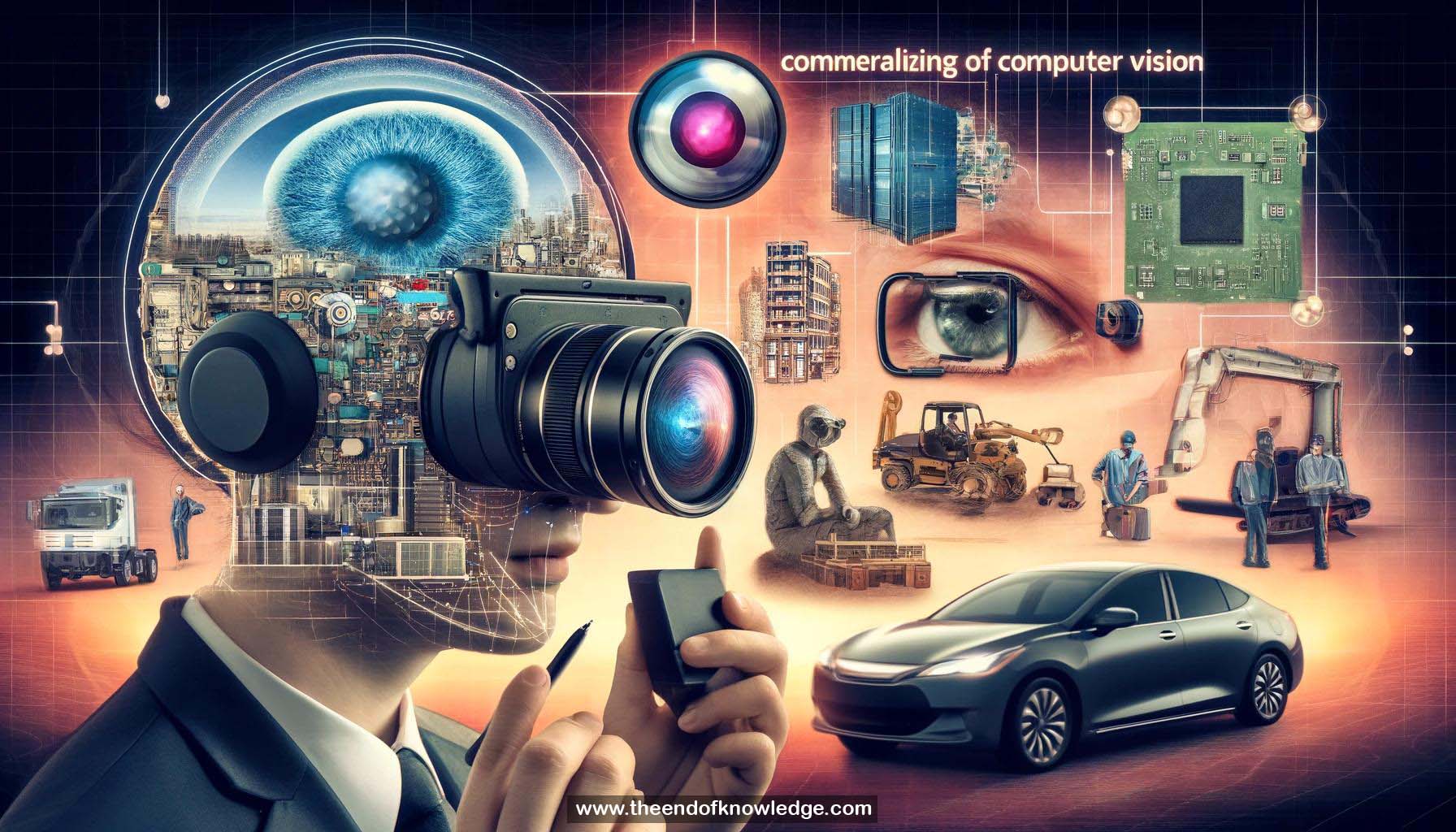 >
>
Concept Graph & Resume using Claude 3 Opus | Chat GPT4o | Llama 3:
Resume:
1.- Microsoft has sponsored CVPR for the past 25 years, showing their long-term commitment to computer vision research.
2.- In 1991, Bill Gates created Microsoft Research and posed the challenge of creating computers that could see, hear, talk and understand humans.
3.- Microsoft believes research is key to commercializing computer vision, seeing it as a cycle from research to product to business.
4.- Microsoft gives researchers freedom to pursue curiosity-driven research, deployment-driven research, or other styles based on the impact they want to have.
5.- Examples of curiosity-driven research at Microsoft include work on panoramas, concentric mosaics, and panoramic video in the early days of CVPR.
6.- In 2015-2016, Microsoft won major categories at ImageNet and COCO challenges with very deep 152-layer residual networks (ResNets) and region-based fully convolutional networks.
7.- Deployment-driven research involves understanding customer segments, needs and pain points, then designing systems and products to address them through fast iterations.
8.- Microsoft Pix is an AI-powered iOS camera app incorporating technology from 20+ CVPR/ICCV/ECCV papers to deliver features like best shot selection.
9.- The latest Pix update added artistic style transfer based on a CVPR 2017 paper, showing fast deployment of new research into products.
10.- Microsoft develops products for many customer segments including consumers, developers, information workers and business users.
11.- Microsoft Cognitive Services provides a set of cloud-based APIs for vision, speech, language, knowledge and search to allow any developer to build intelligent apps.
12.- Image captioning in Cognitive Services started from Microsoft's 1st place algorithm in the 2015 COCO captioning challenge which passed the Turing test 32% of the time.
13.- Launching captionbot.ai allowed collecting user feedback to improve the captioning models, increasing user satisfaction and enabling deployment into Office products.
14.- Custom Vision Service allows developers to easily build their own robust image classifiers with a small number of training images.
15.- Custom Vision Service exposes all its APIs so developers can programmatically improve models, such as using 3rd party data labeling services.
16.- Microsoft's mission is to empower every person and organization to achieve more, including first-line and frontline workers.
17.- Microsoft HoloLens is an untethered holographic computer allowing interaction with digital content and the real world.
18.- HoloLens has been used by companies like Japan Airlines to innovate training and boost customer satisfaction.
19.- HoloLens incorporates many years of Microsoft computer vision research, from Kinect to Kinect Fusion to Holoportation.
20.- HoloLens uses on-board computer vision for robust head tracking, 3D environment mapping, and gesture recognition.
21.- The latest HoloLens research improves tracking and gestures using state-of-the-art deep neural networks running locally on the device.
22.- Microsoft developed custom silicon, the Holographic Processing Unit, to run deep neural networks with high speed and low power on HoloLens.
23.- The 2nd version of the HPU incorporates an AI coprocessor to natively and flexibly implement deep neural networks fully programmable by Microsoft.
24.- A live demo showed the HPU 2.0 AI coprocessor performing real-time hand segmentation and tracking using deep learning models like ResNet-18.
25.- Opportunities to commercialize computer vision span intelligent cloud services and intelligent edge devices which are increasingly powerful.
26.- Lessons learned at Microsoft about accelerating commercialization include the importance of human elements and iteration between research and product teams.
27.- More companies are recognizing the importance of computer vision but need to invest further in research to build great products.
28.- An anecdote illustrated how investment in fundamental research, even if not directly applicable, makes the world more worth defending.
29.- Microsoft Research has made incredibly successful investments that have benefited Microsoft while advancing the field of computer vision.
30.- The speaker expressed pride in Microsoft's contributions and gratitude for the CVPR community and its founders in enabling this progress over decades.
Knowledge Vault built byDavid Vivancos 2024